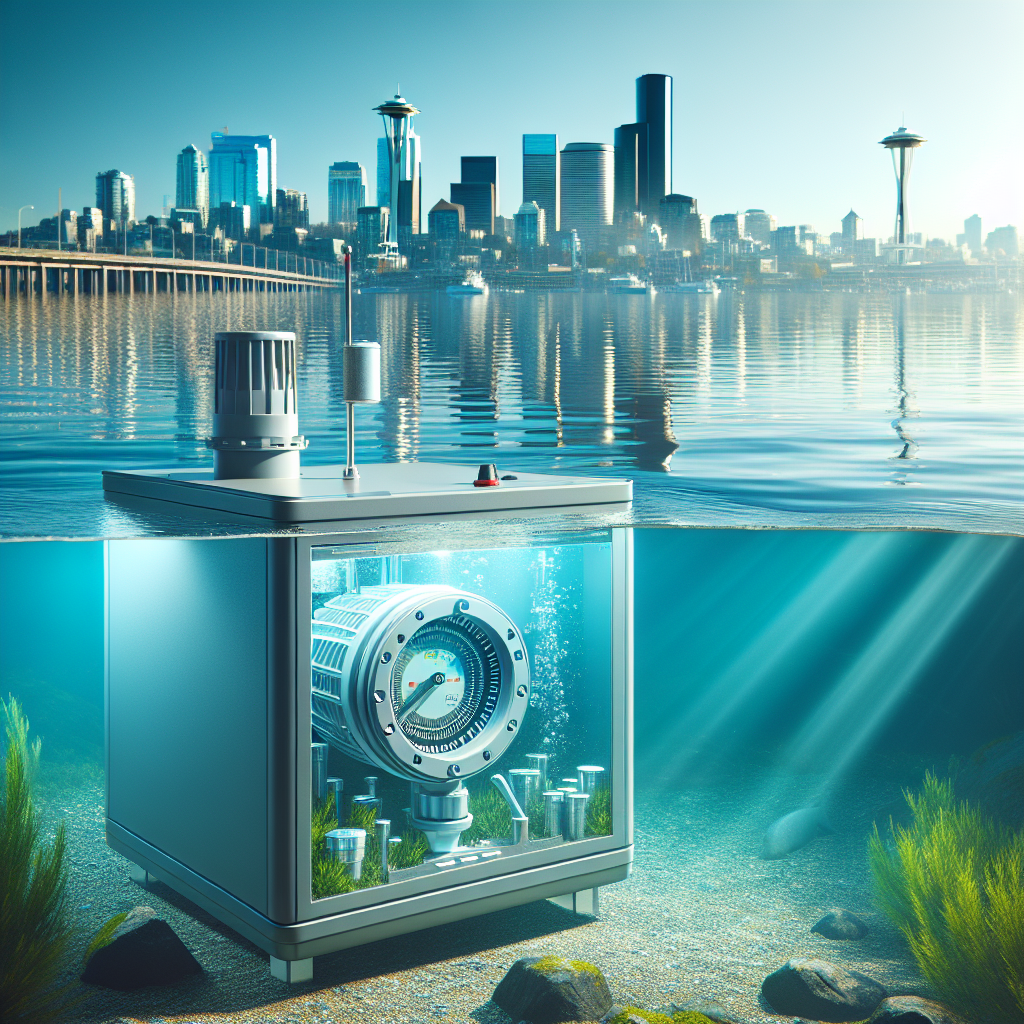Seattle's Lakes: Navigating the Challenges of Rising Temperatures and Water Quality

Seattle's Lakes: Navigating the Challenges of Rising Temperatures and Water Quality
Seattle's scenic lakes are more than just beautiful spots for recreation—they're vital ecosystems facing significant environmental changes. As we dive into the latest findings, it becomes clear that shifts in water temperature and quality are reshaping the aquatic landscapes of Lake Washington, Lake Sammamish, and Lake Union.
The Impact of Temperature Changes
Recent studies show a worrying trend of rising water temperatures in Seattle's lakes. Particularly in Lake Washington, summer temperatures have been recorded at up to 75°F (24°C). This warming trend is concerning for temperature-sensitive species like the Pacific salmon, whose survival depends on cooler waters rich in oxygen. According to the University of Washington, these temperature changes threaten the delicate balance of aquatic life, potentially disrupting breeding and feeding patterns.
Monitoring Water Quality
Water quality is equally critical. Lake Sammamish faces challenges like nutrient loading and algal blooms, which can degrade habitats and lead to fish kills. Efforts are underway to mitigate these issues by reducing urban runoff and restoring natural vegetation along lake shores. The Environmental Science Journal highlights these blooms as a direct consequence of increased nutrient levels often exacerbated by stormwater runoff.
The Role of Climate Change
The Pacific Northwest's changing precipitation patterns are also impacting lake ecosystems. More frequent heavy rainfall events increase stormwater runoff, introducing higher pollutant levels into the lakes. NOAA reports that these changes are driving shifts in lake levels and water quality, which calls for robust adaptation measures.
Implications for Lake Users
For those enjoying Seattle's lakes, these environmental changes can lead to temporary closures of popular swimming and boating areas due to health risks associated with elevated bacteria levels. Seattle Parks and Recreation has issued advisories during peak summer months to ensure public safety. Staying informed about current conditions is crucial, and the Seattle Lakes app provides real-time updates on water quality and temperature, helping visitors plan their activities responsibly.
Adaptive Strategies for the Future
Addressing these challenges requires adaptive management strategies. Ongoing research by the University of Washington emphasizes the need to enhance the resilience of native fish species through ecological restoration and community engagement. Effective strategies will not only preserve aquatic life but also maintain the lakes as safe and enjoyable recreational areas.
Conclusion
The ongoing research and monitoring efforts by local universities and government agencies underscore the importance of adaptive management and community engagement to address the challenges posed by climate change and urban development on Seattle's lakes. Effective strategies are crucial for preserving aquatic life, ensuring safe recreational opportunities, and maintaining ecological balance.
For residents and lake enthusiasts, staying informed and proactive in supporting conservation efforts is more important than ever. By utilizing tools like the Seattle Lakes app and adhering to public advisories, we can all contribute to the health and sustainability of these precious ecosystems.
Stay updated with the latest environmental insights by following relevant resources like King County Environmental Services and City of Seattle Environmental Reports.